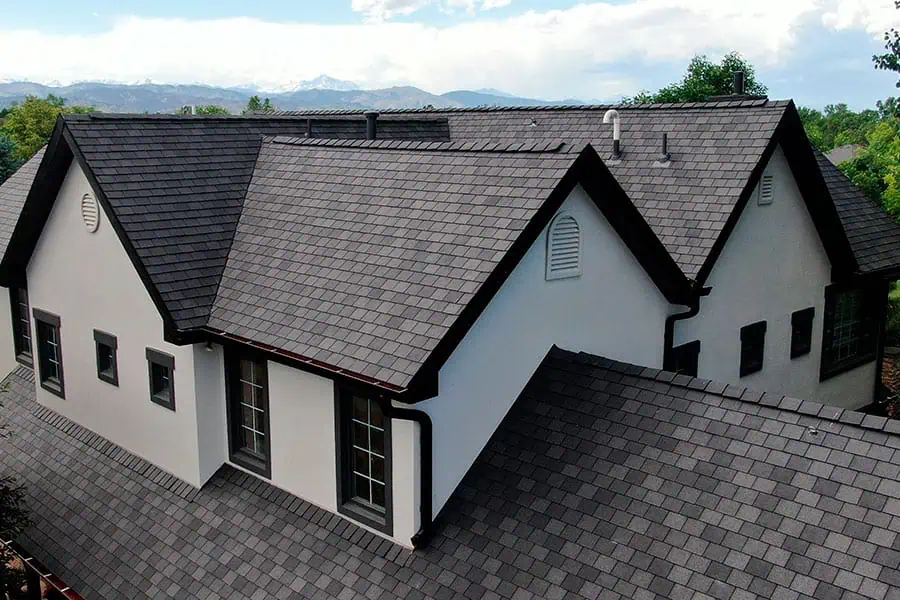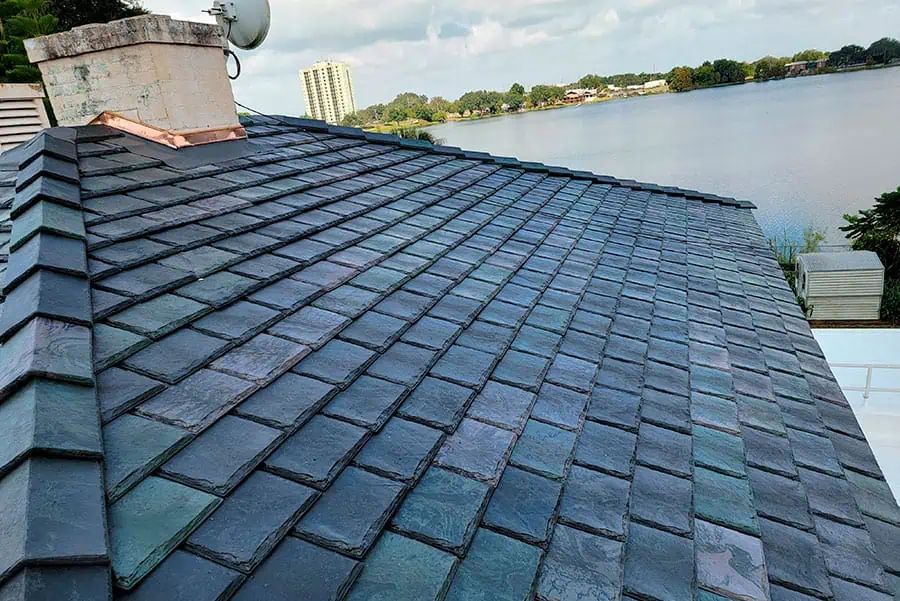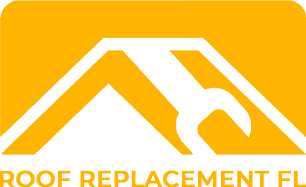Roof Replacement For Slate Roofing In Florida

Introduction
Slate roofing is a type of roofing material made from natural stone, renowned for its durability, aesthetic appeal, and longevity. Historically, slate has been used as a roofing material for centuries, particularly in Europe and North America, where it has adorned many historic buildings and homes.
Types of Slate Roofing
Natural Slate
Natural slate is quarried from stone and is available in various colors and grades. Each piece of natural slate is unique, offering a distinct and elegant appearance. The most common types of natural slate include Welsh, Spanish, and Vermont slate, each known for its specific characteristics and color variations.
Synthetic Slate
Synthetic slate is made from polymers or rubber and is designed to mimic the appearance of natural slate. It offers a lighter and often more affordable alternative to natural slate while still providing a similar aesthetic. Synthetic slate is also easier to install and can be more resistant to certain types of damage.

Benefits of Slate Roofing
Durability
Slate roofing is incredibly durable and can last over 100 years with proper maintenance. Its longevity makes it a cost-effective option in the long run, despite the higher initial investment.
Aesthetic Appeal
Slate roofing offers a classic and elegant look that enhances the curb appeal of any building. Its natural variations in color and texture add to its unique beauty.
Fire Resistance
Slate is a naturally fire-resistant material, providing an added layer of protection for buildings.
Environmental Impact
Slate is made from natural materials and is often recyclable, making it an environmentally friendly roofing option.
Challenges of Slate Roofing
Cost
The initial cost of slate roofing is higher compared to other roofing materials. This includes both the cost of the materials and the specialized labor required for installation.
Weight
Slate is a heavy material, requiring a strong structural support system. Buildings must be assessed to ensure they can handle the weight of a slate roof.
Installation
Proper installation of slate roofing requires skilled labor. Incorrect installation can lead to issues such as leaks and reduced lifespan of the roof.
Roof Replacement Process
Assessment
The first step in replacing a slate roof is a thorough inspection to evaluate its current condition. This includes identifying any broken, cracked, or missing slates.
Planning
Planning involves selecting the type of slate (natural or synthetic), estimating the total cost (including materials, labor, and disposal of old materials), and scheduling the replacement.
Removal
Carefully remove the existing slate tiles to avoid damaging the underlying structure. Proper disposal of old slate tiles is essential, and recycling should be considered if possible.
Installation
- Underlayment: Install a waterproof underlayment to protect the roof deck.
- Slate Laying: Lay new slate tiles, ensuring proper alignment and overlap.
- Fastening: Secure tiles with appropriate nails or hooks.
Finishing
Install flashing around chimneys, vents, and other roof penetrations to prevent leaks. Conduct a final inspection to ensure proper installation and address any issues.

Maintenance and Care
Regular Inspections
Conduct periodic inspections to identify and repair any damage. Regular inspections help maintain the roof’s integrity and extend its lifespan.
Cleaning
Remove debris and moss to prevent damage. Cleaning should be done carefully to avoid damaging the slate tiles.
Repairs
Replace damaged or missing slates promptly to avoid leaks and further damage. Timely repairs are crucial for maintaining the roof’s durability.
Cost Considerations
Material Costs
The cost of slate roofing materials varies based on the type and quality of slate. Natural slate is generally more expensive than synthetic slate.
Labor Costs
Labor costs are higher for slate roofing due to the specialized skills required for proper installation.
Long-term Value
Despite the higher initial costs, slate roofing offers long-term value due to its durability and low maintenance requirements.
Conclusion
Slate roofing offers a durable and aesthetically pleasing option for roofing, though it comes with higher initial costs and specific installation requirements. Its longevity, fire resistance, and environmental benefits make it a valuable investment for many homeowners. As interest in sustainable and long-lasting roofing solutions grows, the popularity of slate roofing is likely to increase.
